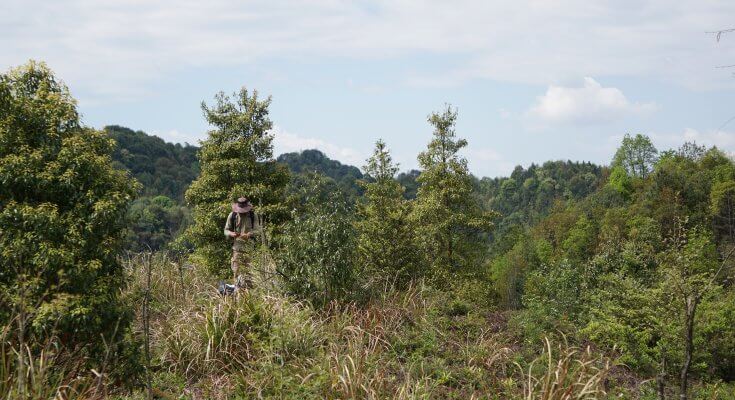Nature Reviews Biodiversity volume 1, pages 480–489 (2025), https://doi.org/10.1038/s44358-025-00056-7
Involved member of MultiTroph: Jana Petermann
Summary: This perspective paper discusses how ecological interaction networks can be tailored to answer different ecological questions by differentiating them in two main ways: the extent of node aggregation and the type of information contained in links. It is explained that networks with nodes aggregated into functional groups are suitable for studying ecosystem-level processes, while species-level networks provide information on community assembly and how environmental factors influence species persistence. They also differentiate between networks with potential links (useful for long-term and large-scale studies) and realized interactions (providing access to finer mechanisms).
Conclusion: The authors conclude that understanding the advantages and limitations of different interaction networks will assist in methodological decision-making and increase the utility of ecological networks in biodiversity and conservation research. This guidance can help researchers choose the appropriate network type for their specific ecological questions.
